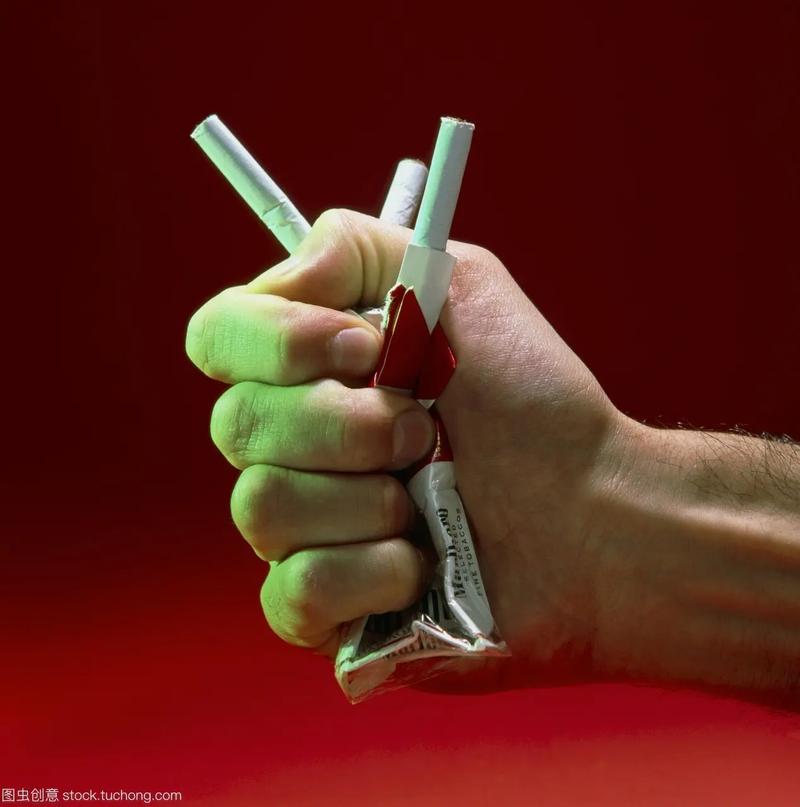The Puff and The Pedal: Can Cycling Mitigate Smoking's Assault on Taste?
The detrimental health consequences of smoking are a well-charted map of disease, with lung cancer and heart disease occupying the most prominent territories. However, one of the most immediate and personally felt assaults occurs on the senses, specifically taste. Smoking gradually numbs and destroys taste buds, leading to a permanent dulling of flavor perception. Conversely, cycling is celebrated for its vast array of health benefits, from cardiovascular fortitude to mental well-being. This exploration delves into a less-charted intersection: whether the vigorous, health-promoting activity of cycling can act as a counterbalance to the damage smoking inflicts upon the delicate taste receptors.
To understand any potential mitigation, we must first comprehend the enemy. Taste buds are clusters of sensory cells located primarily on the tongue. These cells have a short life cycle, constantly dying and being regenerated. Their health and regenerative capacity are heavily dependent on a robust blood supply, which delivers essential oxygen and nutrients. Smoking launches a multi-pronged attack on this system.
The primary culprits are the thousands of chemicals in tobacco smoke, including tar, nicotine, and hydrogen cyanide. These toxins directly damage the delicate structures of the taste buds themselves, causing them to atrophy and lose sensitivity. Furthermore, smoking impedes the critical process of regeneration. It compromises microcirculation—the tiny blood vessels that serve the taste buds—restricting the vital flow of blood. Nicotine itself is a vasoconstrictor, meaning it tightens blood vessels, further reducing nutrient delivery. Over time, this sustained assault leads to a reduced number of functional taste buds and a thickened, less porous tongue coating, which acts as a barrier between flavor molecules and the remaining receptors. The result is a condition often called "smoker's palate," characterized by a diminished ability to perceive subtle flavors, a heightened threshold for tasting sweetness and saltiness, and a general blandness to food.
Enter cycling, a powerful stimulus for systemic health. Its benefits are not isolated to the heart and lungs; they extend to the very capillary networks that smoking seeks to destroy. The connection between cycling and taste bud health is not direct but is facilitated through several powerful indirect mechanisms.
The most significant link is enhanced circulation. Cycling is a potent aerobic exercise that dramatically improves cardiovascular efficiency. The heart grows stronger, pumping blood more effectively throughout the body. This enhanced circulation is particularly beneficial for microcirculation. The repeated demand for oxygen in the muscles during a ride stimulates the body to improve blood flow to all tissues, including the seemingly unrelated taste buds. This improved vascular delivery system can help flush out toxins accumulated from smoking and, crucially, deliver the oxygen and nutrients necessary for cellular repair and the regeneration of taste bud cells. While it cannot instantly reverse damage, it creates a far more hospitable environment for healing than a sedentary lifestyle coupled with smoking.
Secondly, cycling is a powerful driver of metabolic and cellular health. Exercise induces mitochondrial biogenesis—the creation of new energy powerhouses in cells—enhancing their overall function and resilience. It also stimulates antioxidant defense systems. Smoking creates immense oxidative stress, an overload of harmful free radicals that damage cells. Regular aerobic exercise like cycling helps the body upregulate its natural antioxidant production, potentially neutralizing some of the oxidative damage caused by tobacco smoke in the oral cavity and on a cellular level.
Another crucial aspect is inflammation reduction. Chronic inflammation is a known side effect of both smoking and poor metabolic health. This inflammatory state is hostile to delicate tissues and can hinder regenerative processes. Regular cycling has been proven to lower systemic levels of pro-inflammatory markers. By reducing the overall inflammatory burden on the body, cycling may help create a less hostile environment for taste bud survival and recovery.
It is absolutely critical to state the following unequivocally: Cycling is not an antidote to smoking. The most effective, proven, and singular way to prevent permanent taste bud damage from smoking is to quit smoking entirely. The body's regenerative capabilities are remarkable, and upon cessation, taste buds often begin to recover function within weeks as the constant barrage of toxins ceases and circulation improves.
Therefore, cycling should be viewed not as a substitute for quitting, but as a potent adjuvant therapy. For a current smoker, taking up cycling will undoubtedly improve their overall health and may slow the rate of taste bud degradation and mitigate some damage by bolstering the body's innate defense and repair systems. It is a positive step that can improve well-being and perhaps make food slightly more enjoyable. For a former smoker, cycling becomes an invaluable tool in the recovery arsenal. It accelerates the body's return to homeostasis by supercharging circulation, reducing inflammation, and promoting cellular health, all of which can aid in the faster and more complete regeneration of taste perception.

In conclusion, the relationship between cycling and preventing permanent taste bud damage from smoking is one of influence, not cancellation. Cycling strengthens the fortress—improving blood flow, fighting inflammation, and boosting antioxidant activity—while smoking relentlessly attacks it. A stronger fortress can withstand an assault longer and repair damage more effectively. Therefore, while pedaling vigorously on a bike will never completely neutralize the toxic effects of a cigarette, it can undoubtedly build a healthier internal ecosystem that is more resilient to damage and more proficient at repair. The best strategy for a vibrant sense of taste remains the complete elimination of the smoking habit, with cycling serving as a powerful ally in restoring and maintaining the rich, flavorful experience of life.











